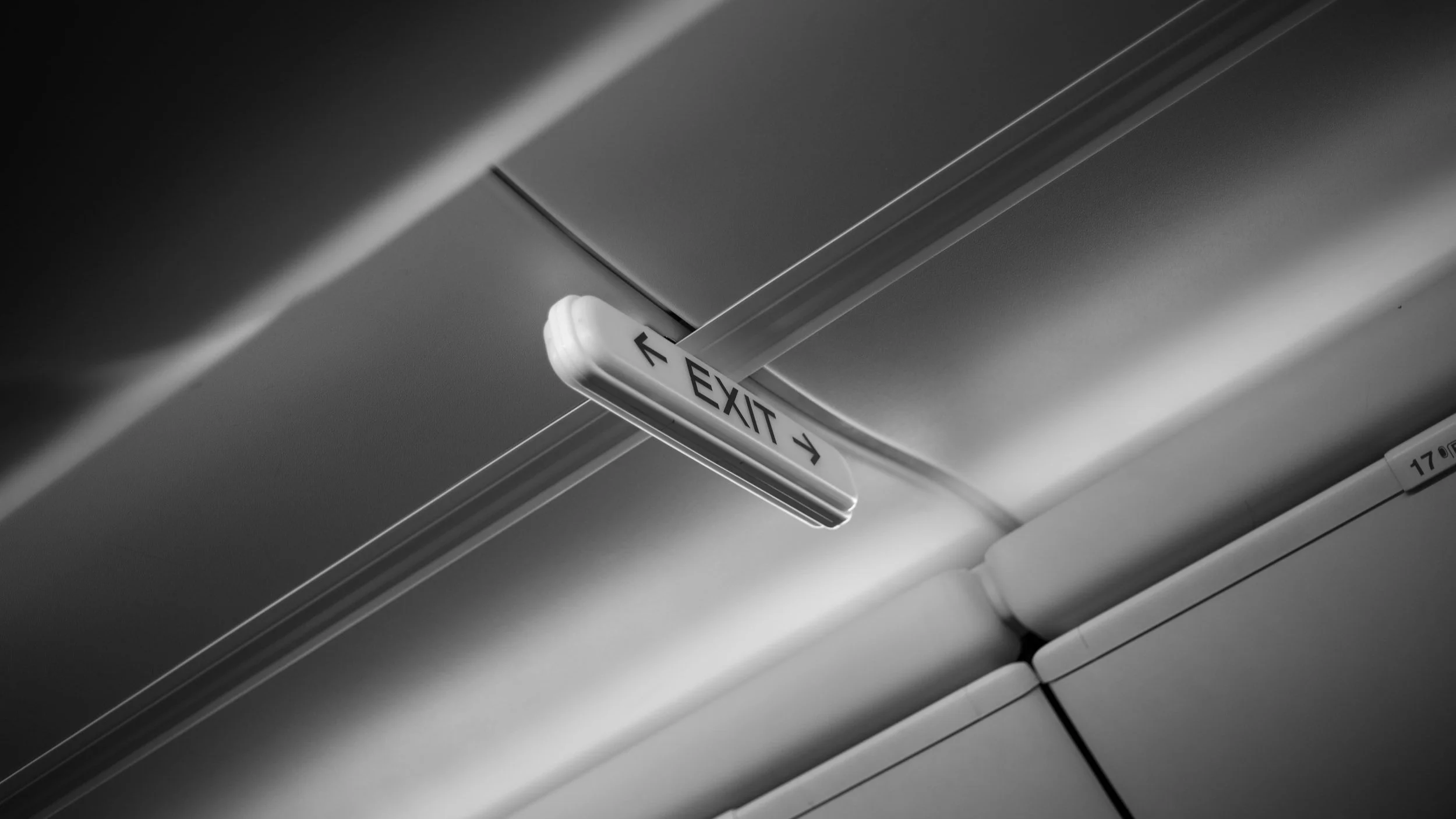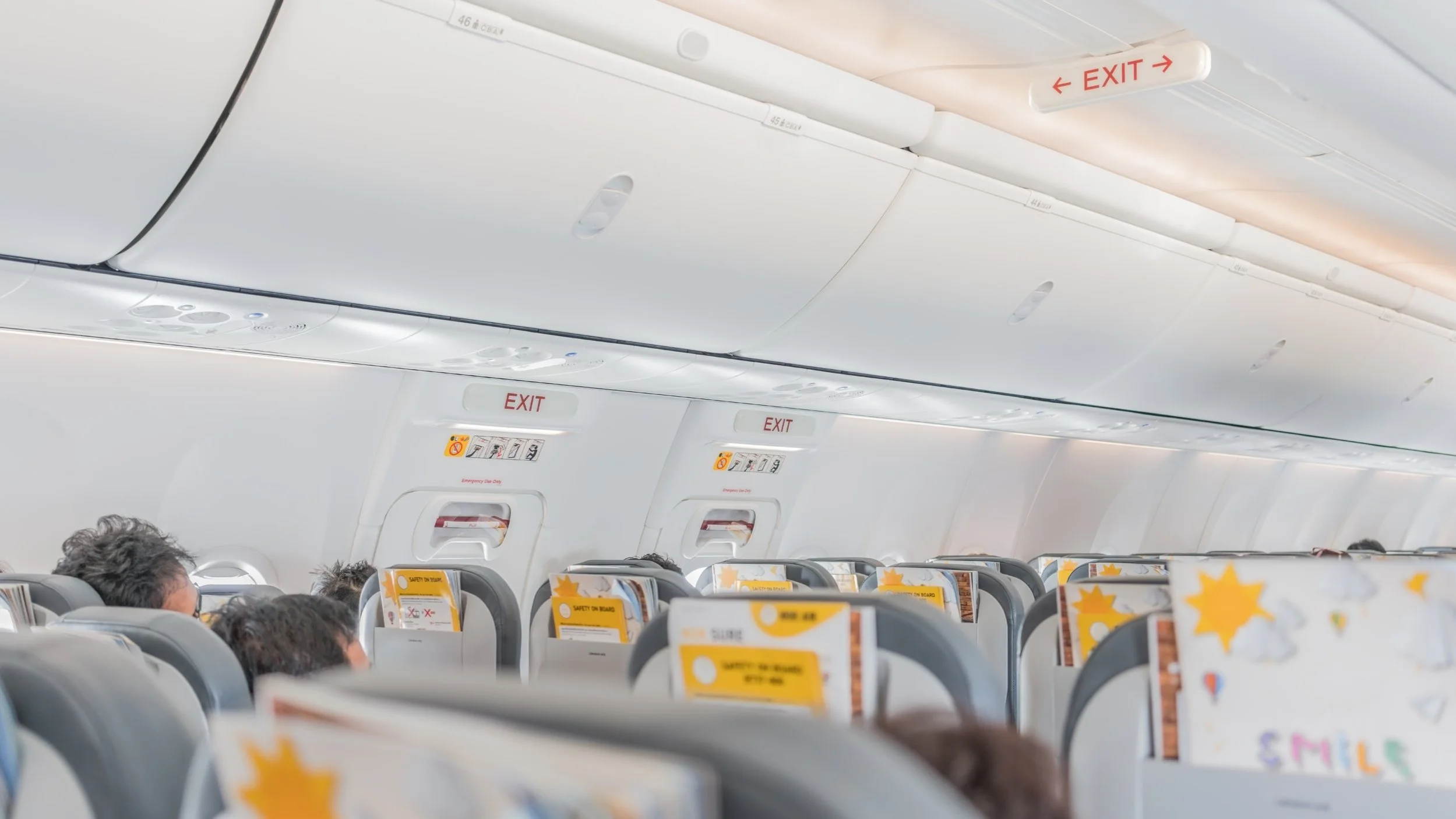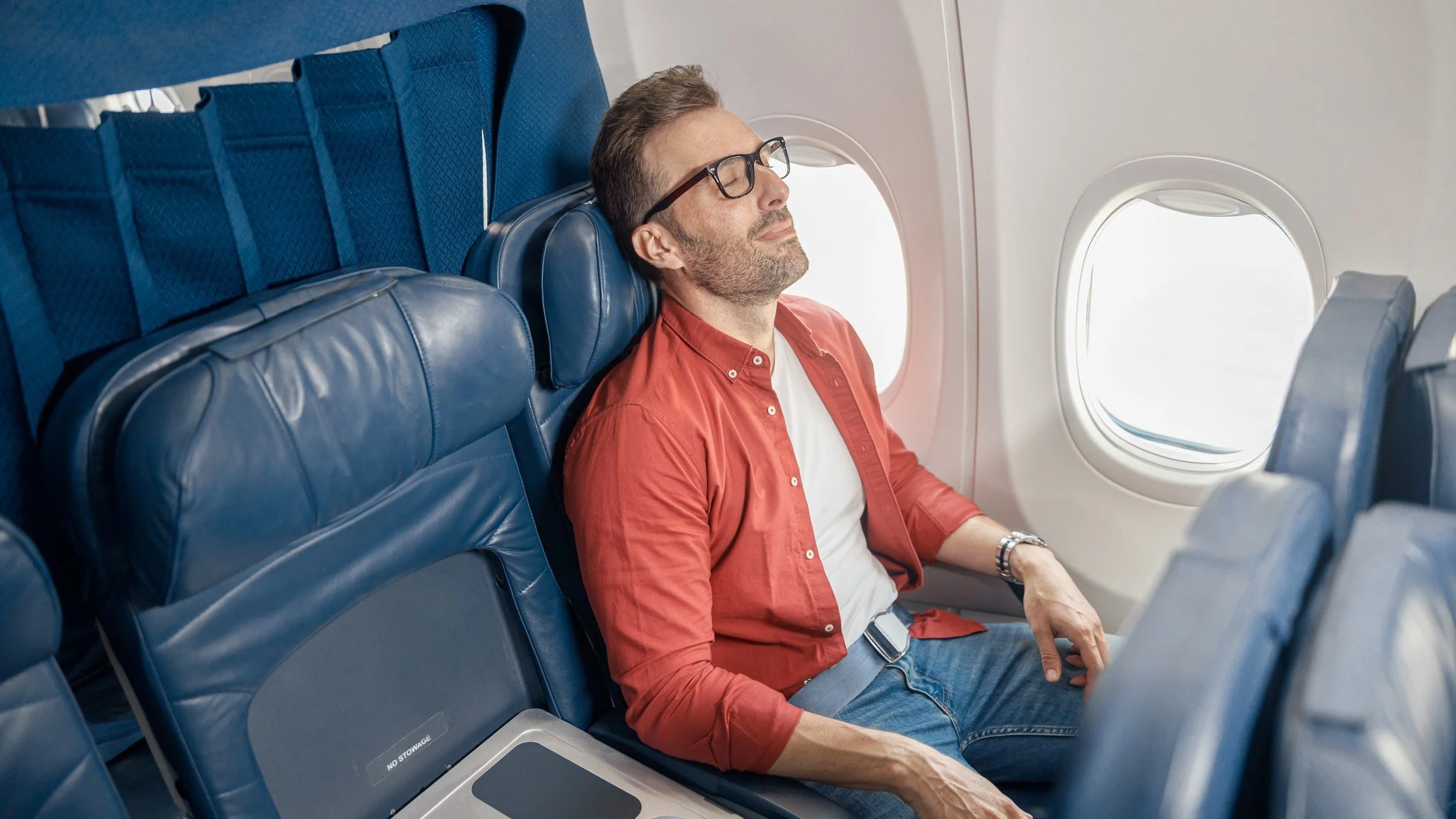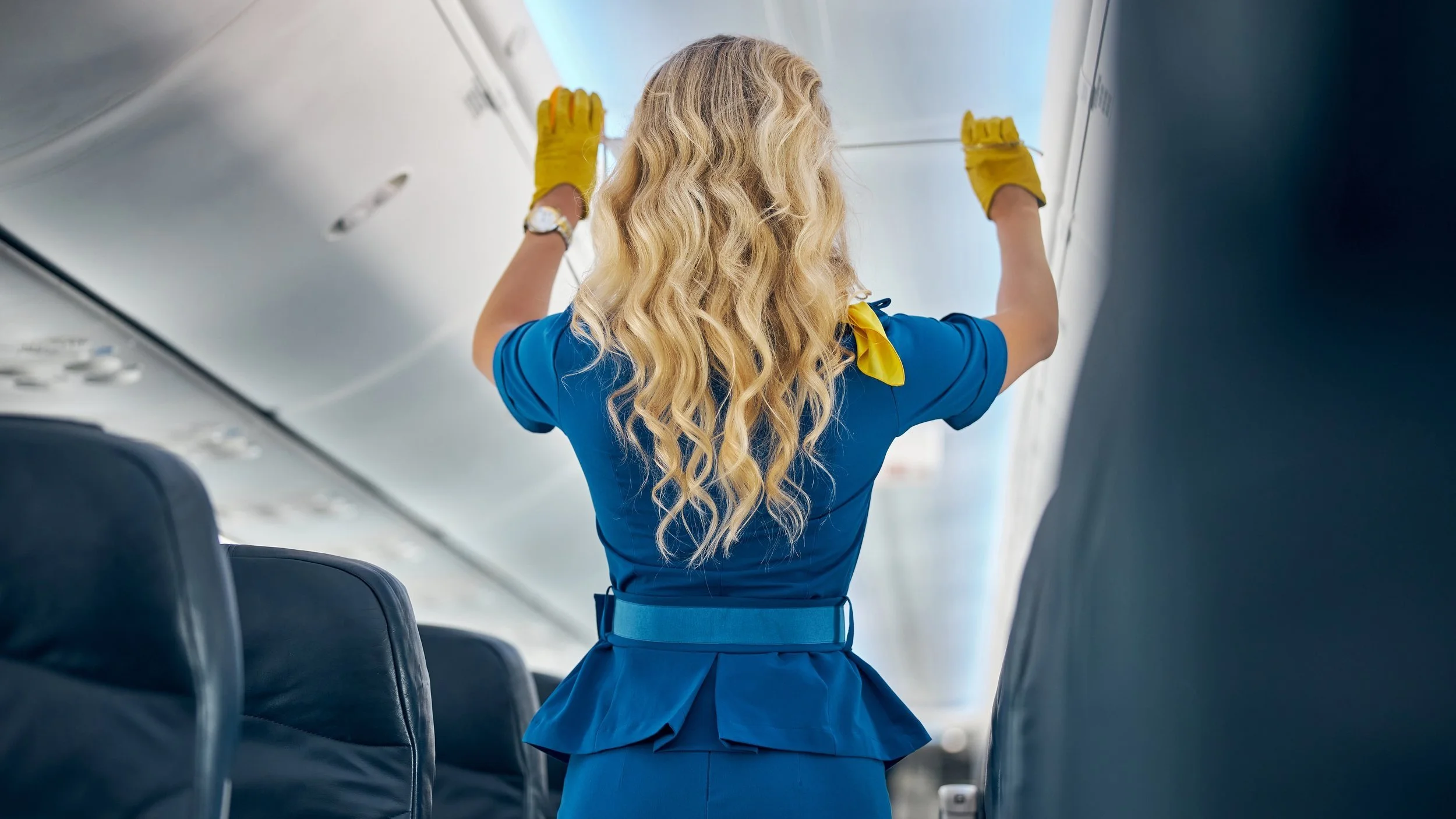Where To Sit On The Plane?
Your Preference
There is no, one correct answer. It all depends on whether you value sleep, safety, mobility, or having the need to quickly exit the plane. We will discuss each of your priorities and why they are important to you.
1. For Getting A Good Sleep
If getting some sleep is your top priority, make sure to reserve a seat by the window. These have a number of benefits, the first of which is that there is typically more space between the seat and the side of the aircraft, giving passengers the opportunity to lean their heads.
Second, you won't be disturbed if your neighbour gets up in the middle of the night to use the restroom, and you also won't be accidentally jolted awake by an air steward or another passenger walking down the aisle.
2. Pick Your Side
If you tend to sleep on one side when you're at home, you should try to book a window seat on that side of the aircraft.
3. For Making A Quick Exit
It's possible that you have a meeting to get to, or that there's only one train that will run tonight. Getting off the plane first can save you up to 30 minutes, especially if other passengers in the customs line are taking their sweet time and there are terminal buses or trains that you need to take into account.
Although some planes have exits in the back, passengers should not count on this feature. Therefore, choose a seat in the aisle that is as close to the front of the plane as possible, and make sure that your carry-on luggage is stored in the overhead bin.
4. To Help Your Body
If you have trouble falling or staying asleep on a flight, having an aisle seat gives you more flexibility to get up and move around. The opportunity to move around, which helps to boost circulation throughout the body, as well as convenient access to restrooms.
5. To Get Extra Legroom
There are a few economy seats that offer more legroom than others. These seats include the bulkhead seats that are located behind the partition and the exit row seats that are typically located in front of an emergency exit.
These things are not without their drawbacks. The majority of passengers, including yourself, will not be able to stow any luggage in front of you, unless with other seats. Everything must be stored in the compartments located above your head. It is recommended that you check the website SeatGuru, for information regarding the features of your specific aircraft, as they do not always recline.
6. For Creature Comforts
Seats that are near a restroom. The seat will be subject to heavy, noisy foot traffic and will likely emit an unpleasant odor.
Seats in the exit rows and near the exit rows, can get cold because cold air seeps in.
Sleepers who are easily disturbed, should also consider sitting in the front, as the noisy engines are typically located either below the wings or toward the tail of the aircraft.
7. For Some Alone Time
Everyone enjoys it, when the seat next to them is vacant, and even better, when they have the entire row to themselves. Keep in mind that airplanes are typically booked from the front to the back, so if you're looking for a seat, the seats toward the back of the plane offer the greatest possibility of privacy.
If you move to the window seat in a row of three seats, in the back of the plane where the aisle seat is already occupied, the remaining space in the middle of the row will only be sold if the plane is very full. Middle seats, generally speaking, are considered to be the least desirable option.
8. Changing Seats
To ensure that the flight attendants have an accurate count of all passengers on board, it is technically against the rules to switch seats, in the moments immediately preceding takeoff. Despite this, a significant number of people do it.
When the stewards make the announcement over the intercom that "boarding is complete," you will know for certain that a seat or row is available if you pay attention to the announcement.
9. If You're Nervous
Passengers who are prone to motion sickness, should request seats in the middle of the aircraft, as these locations offer the greatest level of stability, and consequently, the least amount of turbulence.
10. For The Safest Seats
Although there is no unanimous answer that can be agreed upon by all, the most common finding from studies on plane crashes is that, passengers sitting in the rear of the aircraft, particularly those in the aisle seat, have a greater chance of surviving the crash.
Still do bear in mind that, if we’re talking chances, you’d have to be incredibly unlucky in the first place. The chances of a human being dying in a plane crash during their lifetime are 1 in 8000, which is 0.0125 percent.
This Is Your Choice
Establish your top priorities, when it comes the time to choose your seat on your upcoming flight, this could be the answer.
-
https://executiveflyers.com/where-is-the-best-place-to-sit-on-a-plane
https://www.smartertravel.com/worst-seats-on-a-plane
https://millionmilesecrets.com/guides/best-seats-on-a-plane









